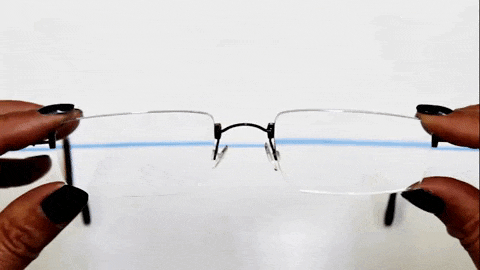Progressive lenses were an amazing step forward in lens technology, but as we continue to innovate, there is more to learn and more ways we can refine our lens designs. Currently, 7 in 10 European presbyopes have different prescriptions between their right and left eye1, which leads to a binocular disharmony resulting in visual disbalance that may cause eye strain while wearing standard progressive lenses, especially during near work activities and reading.
Single vision lenses create less strain because the wearers use mostly the central part of the lens, while progressive users need to use different areas of the lens depending on working distances to experience a different level of accommodative support.
Currently, presbyopic customers with different prescriptions in each eye need their brain to work to equalize the size, sharpness, and quality of the image that each eye is processing. Looking through different areas of the lens, except the central part, the light rays exit the lenses at different positions, creating different images perceived by each eye. This causes discomfort, and users’ vision is clear only when covering one eye or the other. Our patented Binocular Harmonization Technology (BHT) recalculates and adjusts the progressive power distribution according to the actual used positions on each lens so that both eyes will experience the same accommodation support.

